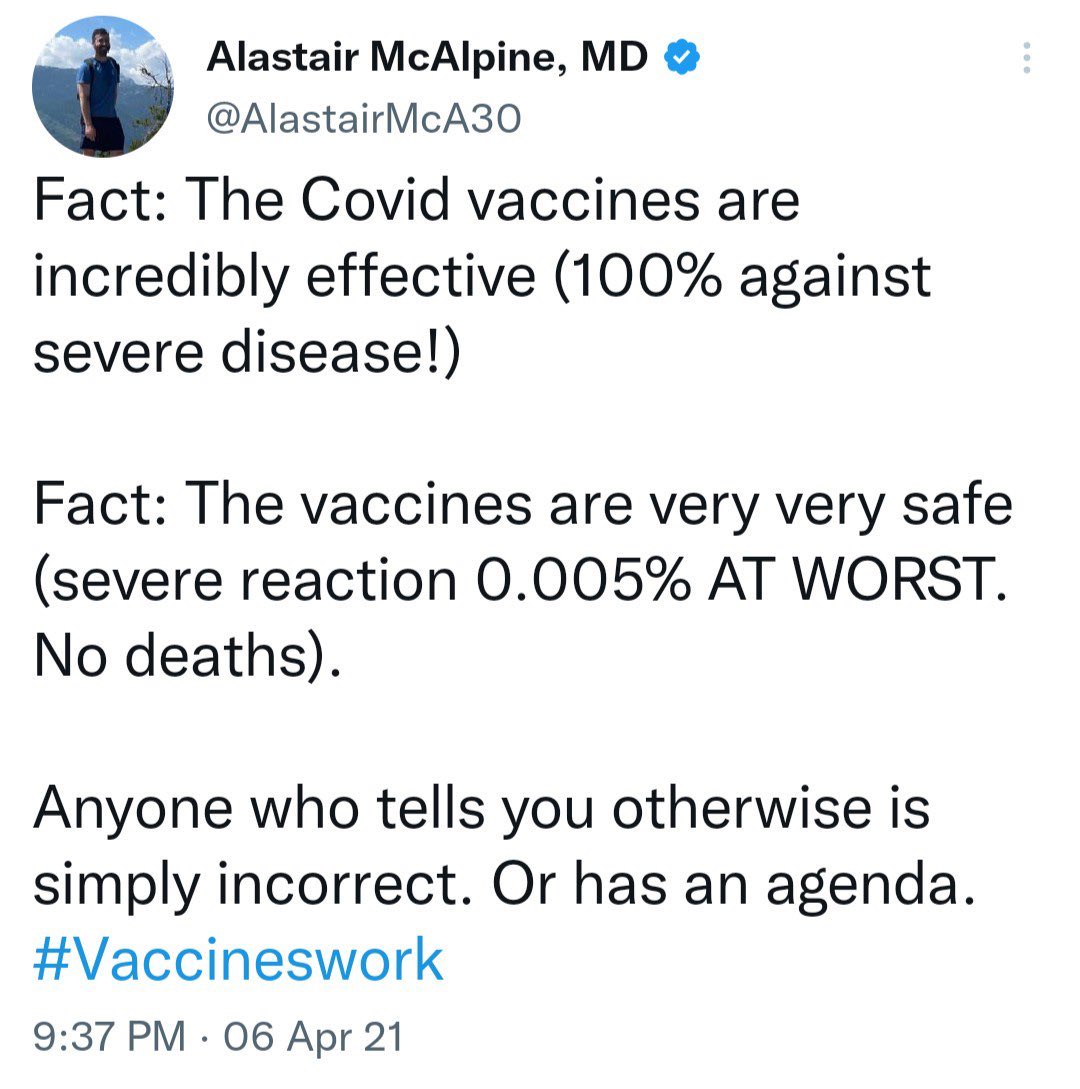1/ I am an editor of a @SpringerNature journal and I will give you some more insights into scientific peer-review processes and why fraudulent manipulation with respect to @c_drosten's PCR paper most likely took place at the journal of publication @Eurosurveillanc. (A THREAD) 

2/ As mentioned above, the number of days the "Corman-Drosten paper" (see link) spent in the peer-review process is TWO. Backers of the authors often come up with possible explanations, which I will debunk in this thread. eurosurveillance.org/content/10.280…
3/ The paper set out principles with respect to the PCR testing procedure and is therefore considered critically. An international consortium of experts & scientists have critically analysed this mentioned publication and have found several serious flaws. cormandrostenreview.com/report/
4/ These flaws, however, are mainly but not entirely of contentual nature. Unfortunately, until now, both the journal and the involved authors failed to come up with counterarguments and explanations.
https://twitter.com/c_drosten/status/1334851996046815232
5/ In addition to substantive and conceptual weaknesses, the thing that worries me the most is how fundamental scientific principles have been compromised by @Eurosurveillanc.
6/ The attached graphic (provided by @waukema) shows the duration of the journal's peer-review process. In 2019, the average time to publication for "original research papers" was 172 days, which is in line with my personal experiences. So why are 2 days literally impossible? 

7/ After completion of writing the paper, the corresponding author (in this case @c_drosten; who by the way is also part of the journal's editorial board) had to submit the paper via a submission form that looks as follows. "Agreement with authors" is another required document. 

8/ The corresponding author (i.e. @c_drosten) had to confirm that there were no conflicts of interest. Yet, Drosten was not honest as several (!!!) conflicts of interests have been detected that eventually were corrected under pressure end of July 2020: ncbi.nlm.nih.gov/pmc/articles/P…


9/ After the paper submission, the Editor-in-chief (i.e. Dr Ines Steffens) had to accept the paper for peer-review. One can argue that @c_drosten as a member of the editorial board might have good relationships to that lady that could have accelerated the process. Point taken!
10/ The paper then had to be sent to at least 2 external reviewers by either the Editor-in-chief or other editors of the editorial team that can be found here. I am usually happy if I find sufficient peer-reviewers within 1-2 weeks (best case scenario). eurosurveillance.org/about
11/ Once an external peer reviewer (who needs to be an expert in that field) accepts the task to review, he/she generally has 30 days to perform the work. Reviewing a paper properly usually is not done within one day. It occurs very rarely that a review is completed within days.
12/ This is what the editor sees as soon as he/she gets the reviewed manuscript back. There are usually 4 recommendations the reviewers can give: (a) Reject [most common], (b) Major Revisions [common], (c) Minor Revisions [rather uncommon], (d) Accept [very rare]. 

13/ In the case above (example from my journal), both reviewers propose major revisions of the manuscript. If the editor agrees with this recommendation, the authors receive the reviewers' comments that then have to be addressed before entering iteration processes.
14/ My personal experience is as follows:
- Having two reviewers immediately accept the manuscript is close to impossible. (given the methodological flaws of the Corman-Drosten paper I simply cannot imagine such a scenario)
- It usually takes 2-4 review iterations.
- Having two reviewers immediately accept the manuscript is close to impossible. (given the methodological flaws of the Corman-Drosten paper I simply cannot imagine such a scenario)
- It usually takes 2-4 review iterations.
15/ Having a paper accepted within 2 days would thus mean:
(1) The editor in charge found experts that are willing to review within hours.
(2) All experts immediately reviewed the manuscript and found it "perfect as it is"
(3) The editor immediately handled the review reports.
(1) The editor in charge found experts that are willing to review within hours.
(2) All experts immediately reviewed the manuscript and found it "perfect as it is"
(3) The editor immediately handled the review reports.
18/ After addressing all queries it usually takes some more days until the publication is made available online in its final form. This whole procedure takes around 6 months on average, which is in line with @waukema's analysis above.
19/ TWO (!!!) days, however, smells like scientific fraud and corruption. By the time of submission, extraordinary importance was no factor that could explain this phenomenon. This is a MAJOR SCIENTIFIC SCANDAL and @Eurosurveillanc wraps itself in silence.
20/ Given the fact that @c_drosten's procedure follows a similar script compared with the swine flu "pandemic" in 2009 (i.e. collaboration with Olfert Landt with respect to the PCR test creation, scaremongering etc.) leaves a bad aftertaste. ncbi.nlm.nih.gov/pmc/articles/P…
21/ The addressed scandal needs to be fully clarified, especially with respect to the roles of all of the individuals and parties involved (especially, @c_drosten and Ines Steffens).
22/ I am also wondering why co-authors such as @MarionKoopmans didn't find it suspicious that their (!!!) paper was literally accepted and available online overnight. As a co-author and serious scientist, I would immediately express my concerns.
23/ That paper has set off an avalanche and has been cited almost 3000 times within 1 year. Unfortunately, the work and its publication process do not meet any requirement of scientific accuracy and formal correctness.




24/ The publication thus needs to be marked as BIASED by @Eurosurveillanc IMMEDIATELY. In addition, an INDEPENDENT COMMISSION needs to examine the exact process and possible fraud/corruption (back in January 2020) and come up with possible consequences for all parties involved.
UPDATE: new alarming insights into the peer-review process.
https://twitter.com/goddeketal/status/1346428529664290816
• • •
Missing some Tweet in this thread? You can try to
force a refresh

























